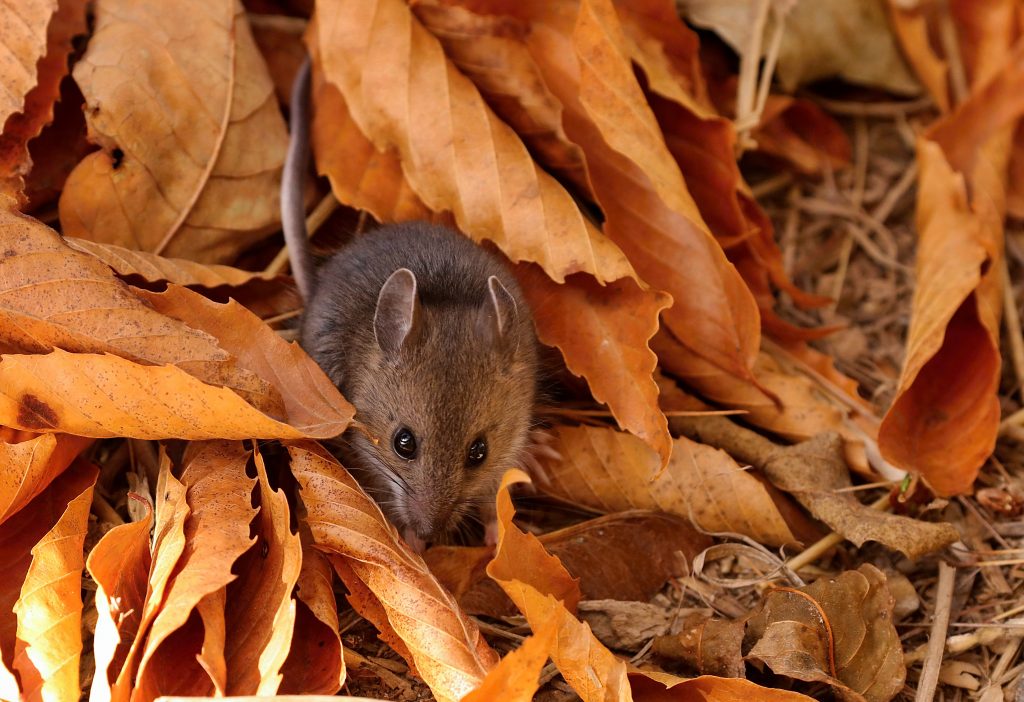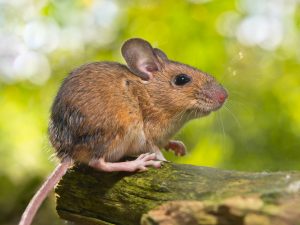If you have mice in your attic it can be guaranteed they are not house mice. House mice do enter houses during the winter specifically, they enter any time of year, and they do so through ground-level openings or open doors. This is because house mice are a specific species of mice that have been living with humans for tens of thousands of years, following us around the world just like rats. Wild mice in southern Ontario are native to the country and have not spent time with humans at all. They avoid them but during the cold winter, they will sometimes make use of the wild skills they still maintain, like climbing and jumping great distances to reach your roof. House mice lost all of these abilities when they chose to live exclusively with humans for so long. They cannot climb or jump and can do nothing but run and chew.
Wild mice included two major varieties common to southern Ontario. This includes the Deer mouse and the Fieldmouse. They are native wild mice that live in forests and grasslands and only enter human attics in the winter as a way to survive the intense cold. They will not go after your food at all, they are not interested in it. They will go outside every day to hunt for food outside and then return to the attic to sleep, breed and nest. While they tend to infest rural homes, if you live near a park or ravine you are likely to get them in the winter even if you live in the busiest parts of a metropolis.
Deer mice are a breed of mice that can climb very well. They tend to live in forests for the protection the ground cover provides. They tend to move under piles of leaves which is where they tend to catch deer ticks, this is how they got their name as deer mice. The deer mouse is small at about 8 cm long not including the tail and has beady eyes that sort of pop out of their faces at times. They have very good sight, night vision and incredible hearing, this allows them to find attics that are rarely or never entered for hibernating in. They have white feet and a white belly but the rest of their fur is grey or brown, often with darker streaks of grey and brown in the fur. They have large ears and longer hind legs and are common throughout North America. The deer mouse is also a nocturnal hunter which makes them harder to notice them as they sleep in the day and leave in the night. The mating ritual involves a single male mating with as many females as he can find. He will actually live with all of these females as males have a larger range of travel than females and will kill any infant they find outside the nest. Deer mice can breed at any time of the year but tend to breed in the spring through the summer and into the early fall. When winter comes they focus more on survival.
Field mice are a specific species but the name is generally used to describe wild mice as a group. This is not always accurate as not all wild mice live in fields. The field mouse tends to be a fantastic climber and jumper, able to leap twenty times its body length from the tiniest branch to your roof where they can enter through any opening like soffits or a roof vent. Deer mice generally climb the drain pipe. The field mouse is generally a tawny brown with shiny fur that looks golden in the sunlight. don’t be fooled though, they can destroy your attic just as much as a raccoon can and they will also chew on wires risking a fire that is very difficult to put out because it is in the attic. Field mice can also procreate whenever they choose but prefer to do it during warmer months like the deer mouse. They are both common in the rural areas and will nest in barns and even trophes that are disused. They will eat and defecate in the animal feed causing illnesses like hantavirus and food poisoning. This can severely endanger a farmer’s cattle. The general way of solving a residential attic infestation of wild mice is to perform something called exclusion. This is a process where the possible entryways like roof vents and soffits are sealed with steel mesh and steel cages to prevent entry. For mice, the best option is steel mesh with narrow holes too small for a mouse to squeeze through. That is a hole about the size of a quarter. Use this mesh to seal everything from gables to vents and soffits and you should be impenetrable to most wildlife and wild rodents. If you already have an infestation in the attic it is important to take care of it quickly with domestic or commercial grade rodenticide. The prior can be purchased from home depot, the latter requires training and certification, but not an exterminators license


